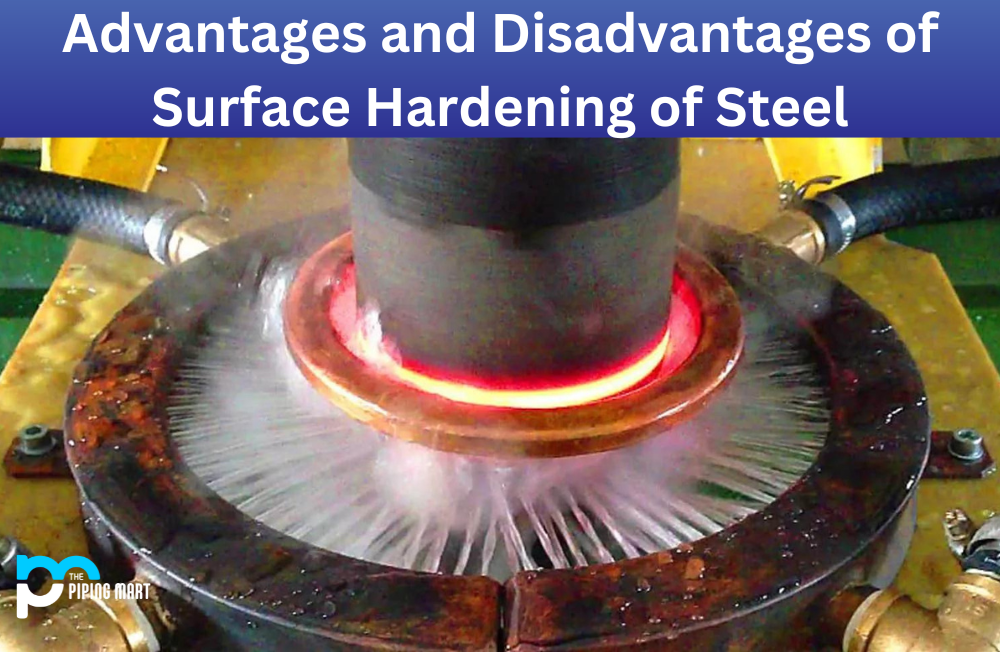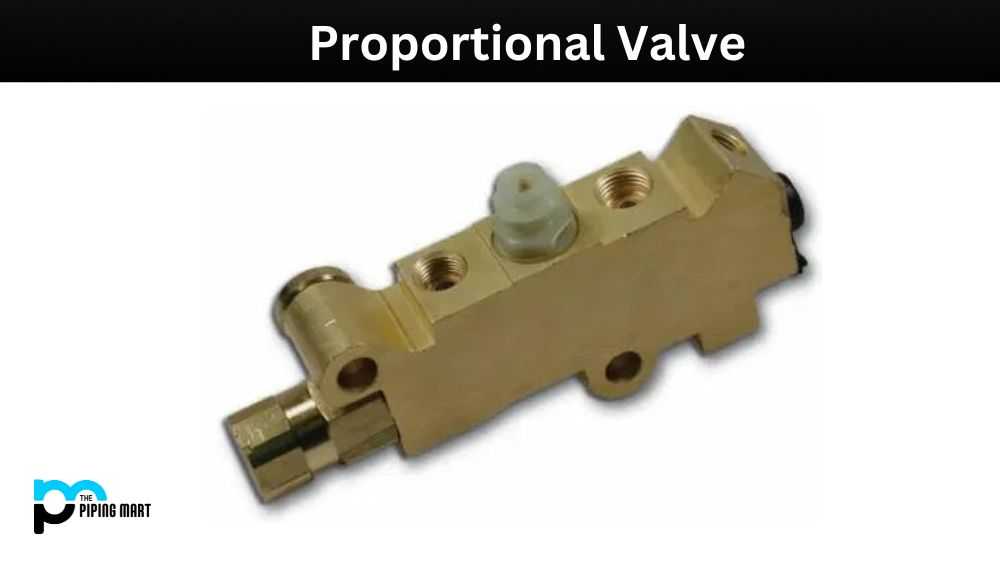There are many different types of welding, each with its advantages and disadvantages. In this blog post, we’ll explore the two most popular types of welding: GMAW (Gas Metal Arc Welding) and MIG (Metal Inert Gas). We’ll explore the differences between these two methods and discuss why one might be preferable. The two most common types of welding are gas metal arc welding (GMAW) and inert metal gas (MIG) welding. Both processes use an electric arc to heat the joined metals, but they have some key differences.
GMAW
GMAW is a welding method that uses a consumable electrode wire to create an arc between an electrode and the metal surface being welded. This process requires a shielding gas to protect the weld from contamination. One advantage of GMAW is its speed; it can be used for quick spot welding applications such as pipeline or vehicle body repairs. Additionally, GMAW welding allows for greater precision than MIG welding because it uses short circuit transfer, which produces more minor welds that are more accurate. GMAW, also known as mig welding, is a semi-automatic or automatic welding process that uses a wire feeder to deliver the filler metal to the weld joint. The wire feeder is connected to a power source, and the welder controls the trigger to start and stop the flow of electricity. This type of welding is typically used for projects that require a high degree of accuracy, such as in the automotive or aerospace industries.
MIG Welding
MIG (Metal Inert Gas) welding is another popular type of arc welding that uses an electric arc between a consumable wire electrode and the metal being welded. The consumable wire acts as both filler material and electrode. The shielding gas also protects the weld from contamination, but unlike GMAW, MIG does not require constant voltage control to maintain consistent results. This makes it ideal for large-scale projects where consistency is key, such as construction sites or production lines. MIG is well suited for thinner metals since it produces larger beads than GMAW, which creates stronger bonds with thinner materials. MIG welding, also known as gas metal arc welding, is a type of welding that uses an electric arc to heat the metals being joined. The welder controls the trigger to start and stop the flow of electricity, which melts the metals and joins them together. This type of welding is typically used for projects that require a high degree of accuracy, such as in the automotive or aerospace industries.
Difference Between GMAW and MIG
Advantages of GMAW vs MIG
There are several advantages that GMAW has over MIG welding, including:
- GMAW is faster than MIG welding, so it can be used for projects that require a quick turnaround time.
- GMAW produces less waste than MIG welding, making it more cost-effective.
- GMAW is less likely to cause defects in the weld joint than MIG welding.
Disadvantages of GMAW vs MIG
There are several disadvantages that GMAW has over MIG welding, including:
- GMAW requires more operator training than MIG welding, so it may only be suitable for some projects.
- GMAW produces more fumes and smoke than MIG welding, so proper ventilation is required.
- GMAW is not recommended for projects that require thin materials, as it can cause warping or distortion.
Conclusion:
So to recap, when selecting a type of welding for your project, it’s essential to consider your needs carefully. We hope this blog post has helped you better understand the differences between GMAW and MIG so you can decide which method will work best for your specific situation. No matter which type of welding you choose, you can rest assured that both methods offer superior quality results that will last for years!

Abhishek is a seasoned blogger and industry expert, sharing his insights and knowledge on various topics. With his research, Abhishek offers valuable insights and tips for professionals and enthusiasts. Follow him for expert advice on the latest trends and developments in the metal industry.




